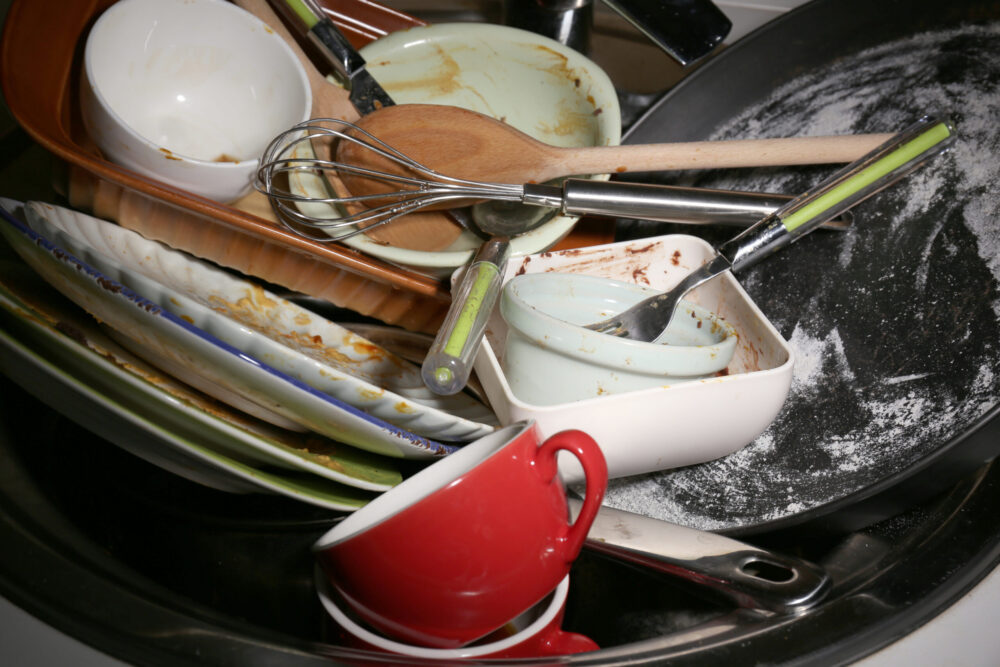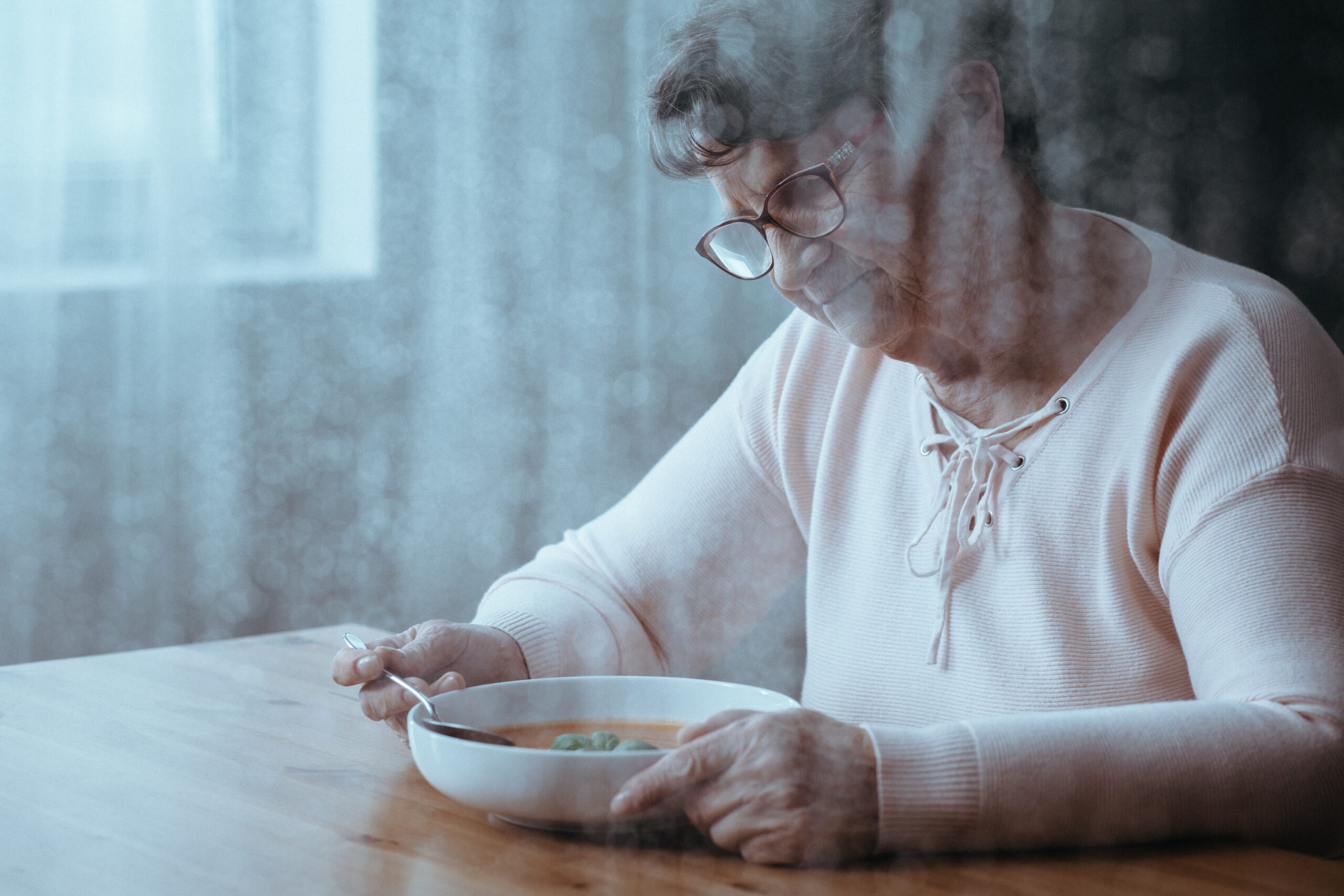Who does most of the housework is a sore point in many households.
When we conducted the second Families in Australia Survey in November-December 2021, 2,610 partnered participants had something to say about this. Perhaps not surprisingly, many told us the housework was not shared equally: 42% said the female always or usually did more; 47% said the housework was shared equally and 10% said the male always or usually did more.
Attitudes about gender roles continue to be a factor affecting how the housework is shared in many families. How much time each of the couple spends in paid work also seems to matter a lot. Higher rates of employment among men than women, especially if they are parents, leads to a gendered distribution of household work. And for parents of younger children, who did the housework was often connected to who was at home to care for children.
I don’t work while he does so my job is to keep the house clean, take care of the kids, etc., which I’m happy to do. Female aged 30 years, male partner
My wife earns the money. I look after the children and the house. We’re like a 1950s family in reverse. It works! Male aged 45 years, female partner
The cultural normative in my household still seems to be the man goes out to work and the woman takes care of the house and the children. I’ve tried to challenge it and encourage him to do more, and he says he will but it just ends up with me nagging him and it’s easier to do it myself. Female aged 37 years, male partner
Some new mothers were worried about how household tasks would be managed after their return to work, although some expected the equal sharing would return at this time.
I’m a stay at home mum while on maternity leave, I expect to do more. I’m very scared about how we will manage when I go back to work.Female aged 39 years, male partner
Not surprisingly, dissatisfaction with how housework was shared was greatest among those doing more of the housework, particularly when they were experiencing other demands on their time. Among females who reported that the household tasks were done primarily by them, 43% were dissatisfied or very dissatisfied. Looking at couples who were more time pressured by work, those in which both partners worked full-time hours, among females who equally shared the housework, 87% were satisfied with how the housework was shared. This is much higher than the 23% satisfied among females who always or usually did more of it.
Some of the stories told by participants indicated that the sharing of housework can be a source of conflict and stress, especially when it falls unevenly without agreement. On the other hand, negotiation and mutual respect appeared important in contributing to arrangements that work for each party.
Very unevenly distributed and often causes conflict when the issue is raised that he needs to contribute more. Female aged 51 years, male partner
I am home more so do a lot of the housework. When my wife is home, she does some of the jobs I don’t like doing but which she is happy to do. We also have a roster of who does what and when with most tasks alternating. Male aged 46 years, female partner
We were curious to find out if COVID-19 restrictions affected housework sharing. Our first Families in Australia Survey found that the patterns of sharing housework were similar before and during the initial COVID-19 restrictions even though couples were spending much more time at home. Before COVID-19, in 43% of families the female partner was doing the majority of the housework, compared to a similar 41% during the pandemic. And 46% of households reported an even split pre-COVID-19, compared to 48% during, indicating evidence of entrenched gender patterns in housework.
But two typical experiences of sharing housework in the context of COVID-19 have emerged from our surveys so far. One is that living in close quarters and working at home led to more housework, and this was usually done by the female. The other is that spending more time together increased awareness within couples of each other’s workload (whether paid or unpaid), and this sometimes led to adjustments. For example:
Because I now work from home everyone expects me to do all the household chores and I end up doing them because I am home all day. Female aged 46 years, male partner
COVID actually allowed my husband to see how busy I am in my job. He took on much more of the household and child care tasks after that. Female aged 30 years, male partner
The sense that decisions about sharing housework changed with family circumstances emerged also in reports of who did the household work when one partner was injured or ill. For older couples, though, some had life-long patterns that were difficult to shift. Some mentioned the important contribution of other household members (such as grown-up children) in sharing the housework. Across families, there was a lot of diversity in the stories told, including among those families that worked consciously to have more equal sharing, or who had arrangements that saw the male doing more. Some had found a way of sharing that suited, even if it was unequal.
After 42 years of marriage we seem to fall into a routine of sharing tasks without even speaking about it, he likes to cook, I do most of the cleaning, we share the washing. We communicate about tasks. Female aged 63 years, male partner
Our research will continue to explore what family members have to say about how they manage their responsibilities to each other, in the context of other stressors and strains. We would love to hear from all kinds of families through the Families in Australia Survey.
Our fourth Families in Australia Survey is open until 13 December 2021. It’s open to anyone in Australia aged 18 years and over. Please help us build up a picture of families across Australia and take the survey today Families in Australia Survey | Australian Institute of Family Studies (aifs.gov.au)
Dr Jennifer Baxter is a senior researcher at the Australian Institute of Family Studies, where she manages the Families in Australia Survey, and continues a long-standing research interest in how paid and unpaid work is managed in families.





